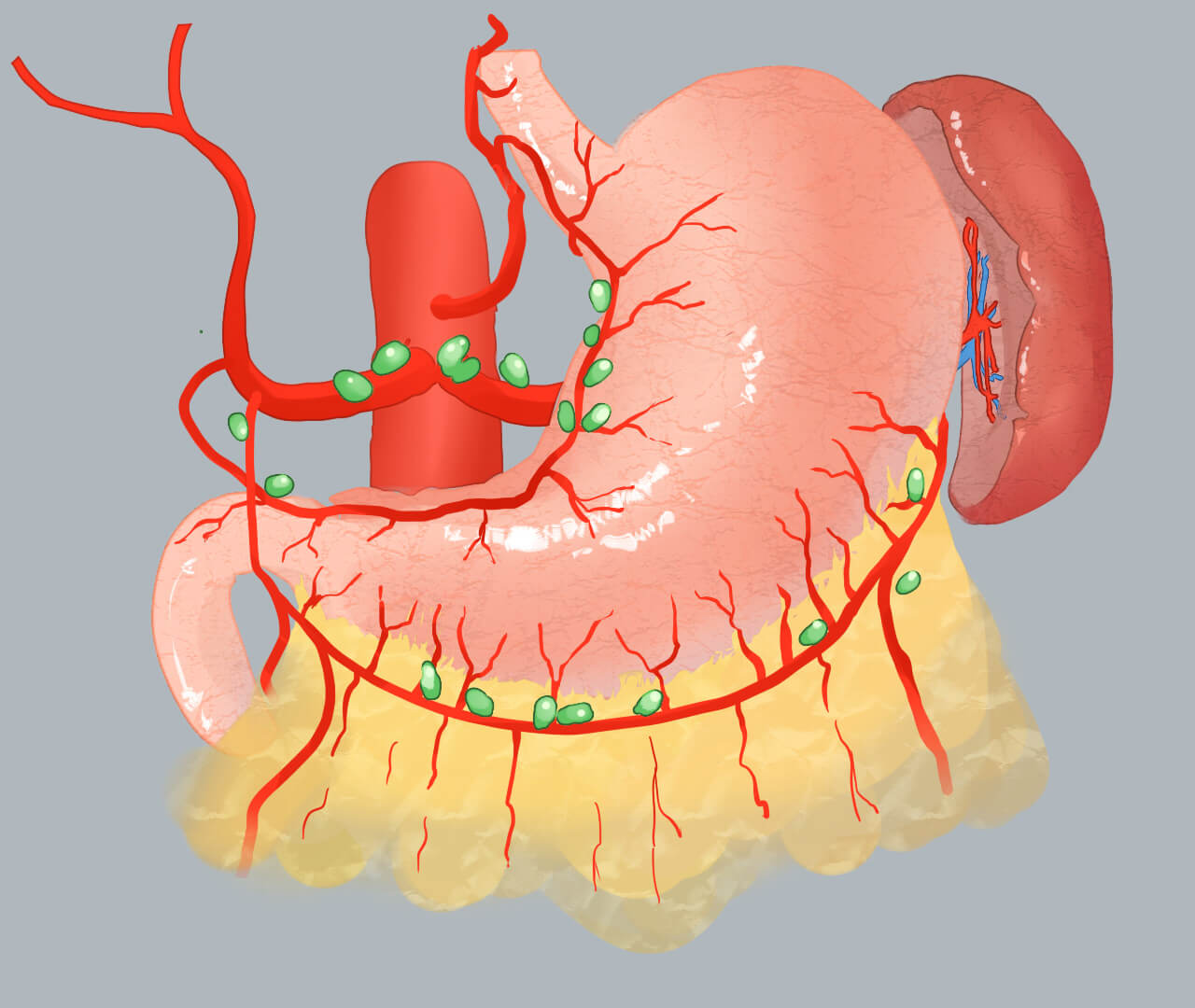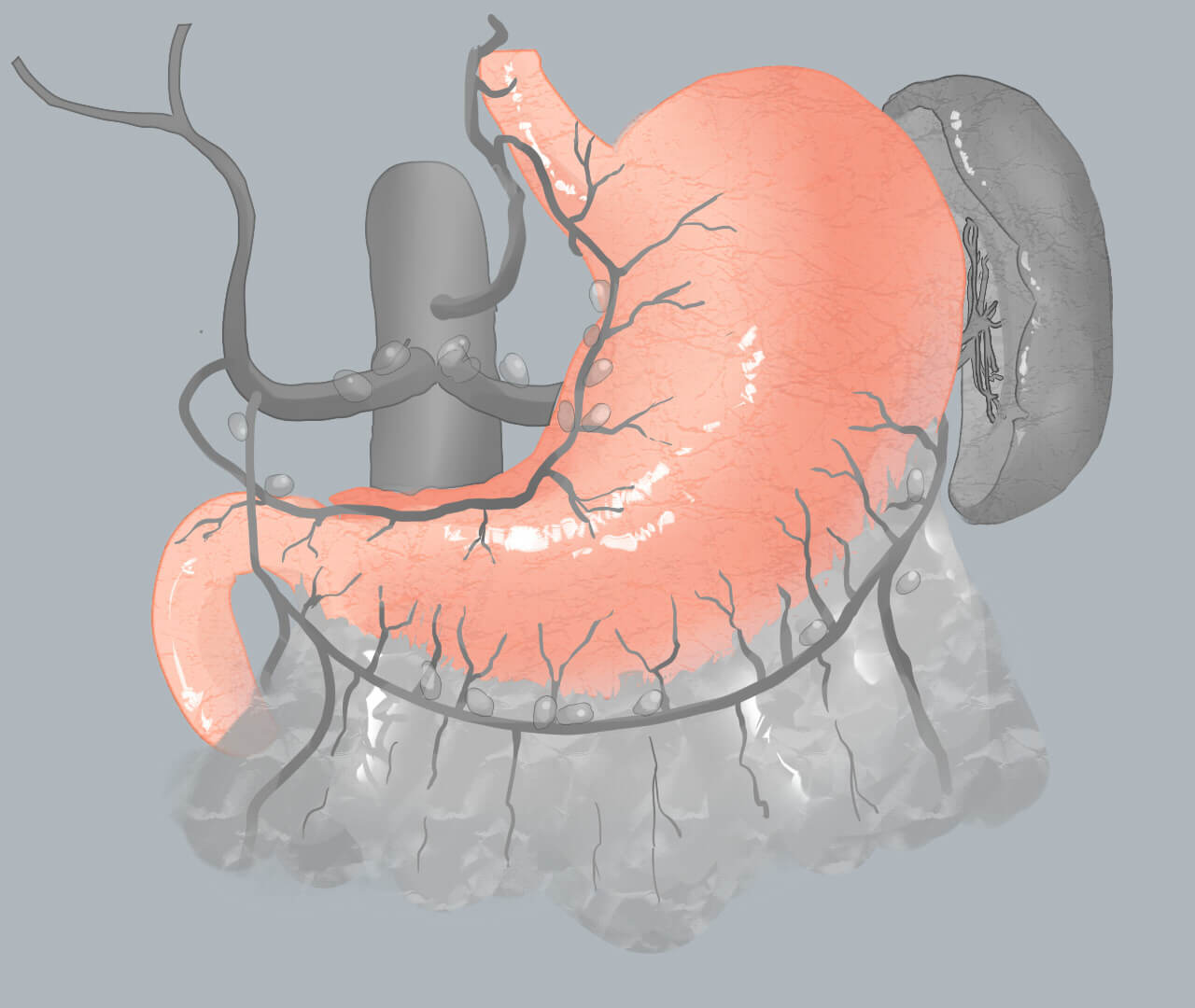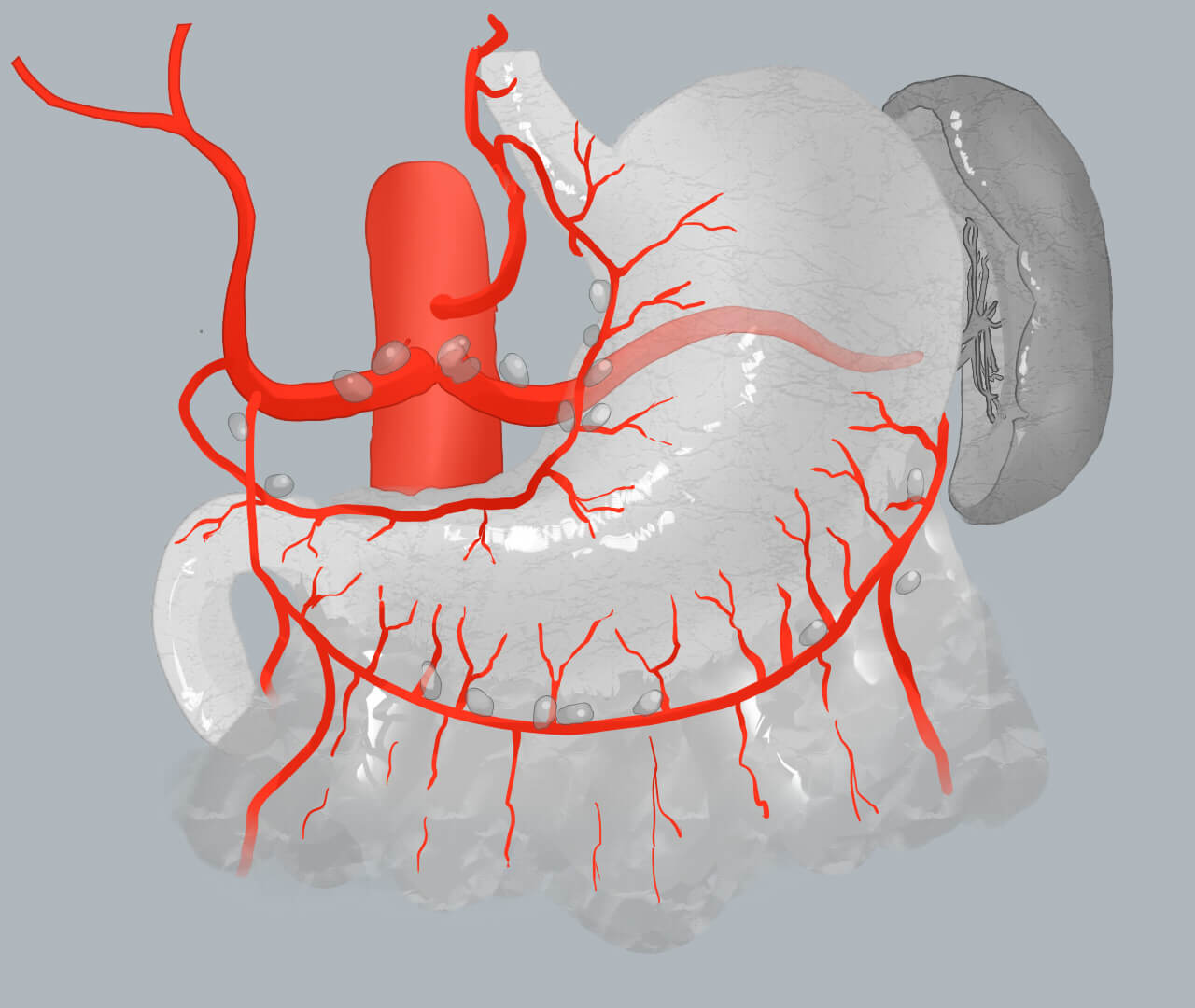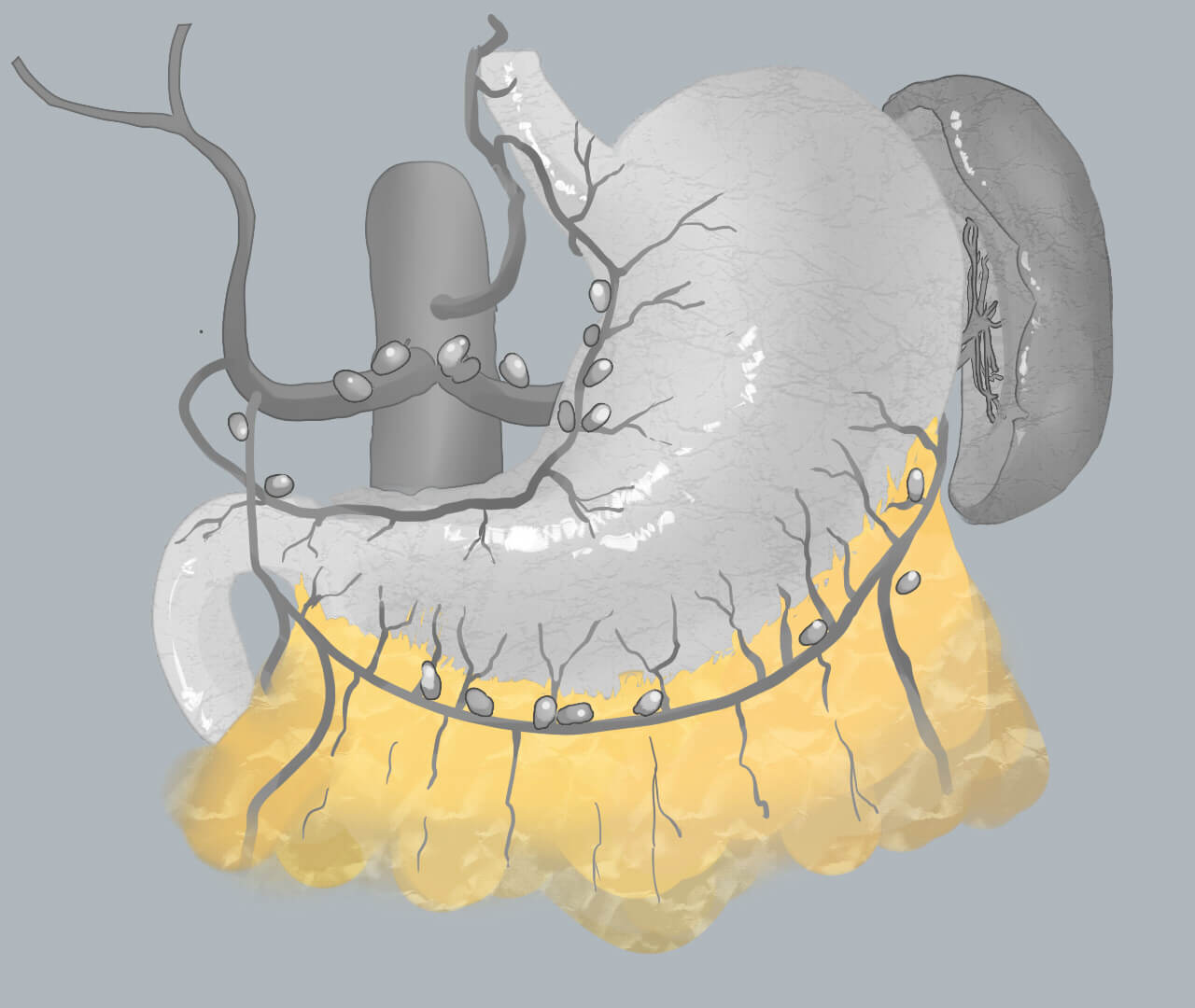Anatomy of the Digestive System
A basic introduction
A gastrectomy is typically performed for removal of a malignant gastric tumor. A malignant tumor is made of cells that divide uncontrollably and can invade nearby tissues and potentially spread to other tissues within the body through the lymphatic system or blood stream. The most common type of malignant tumor that occurs in the stomach is gastric adenocarcinoma, which is a cancer that starts in the ducts of the stomach.
If gastric cancer has spread to distant tissues (called metastases), surgery is not typically indicated.





